Learn more about the work we do with our partners by reading Landcare Australia’s library of case studies. From landscape restoration and sustainable agriculture, to First Nations led-community projects, we have a suite of case studies that demonstrate the impact we are making with our partners and the landcare movement.
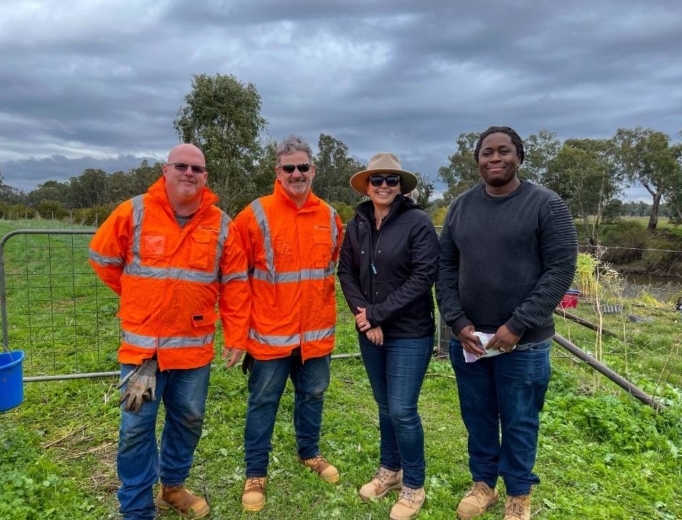
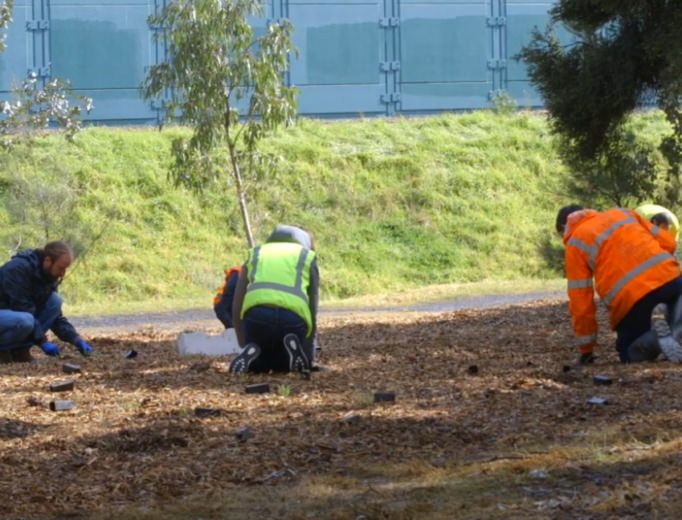
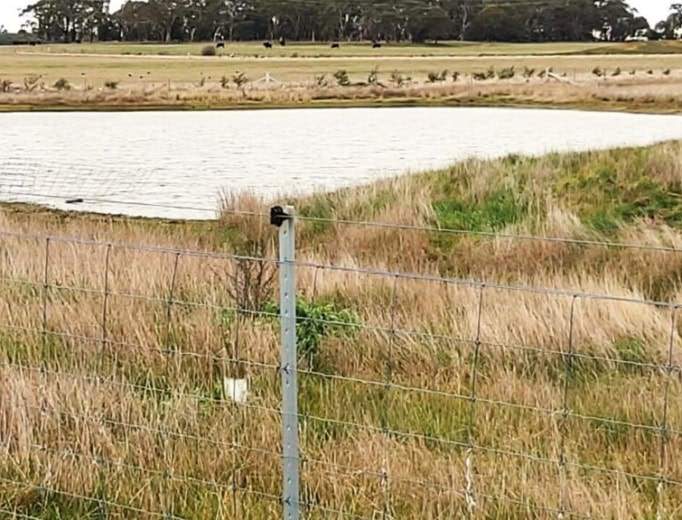
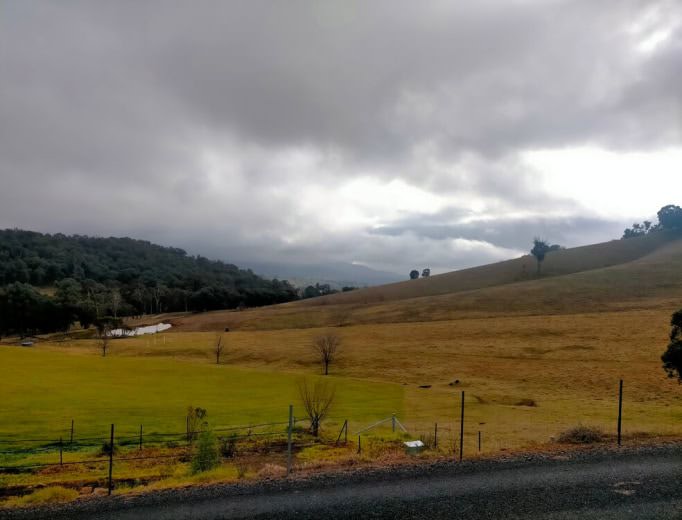

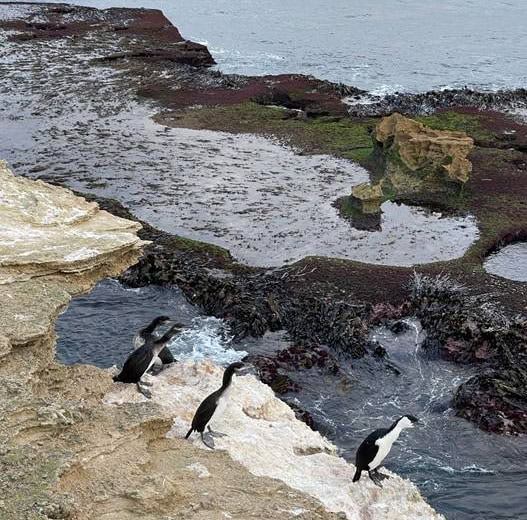


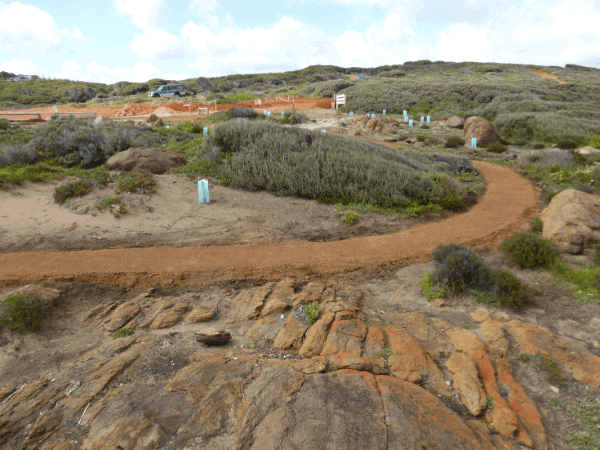
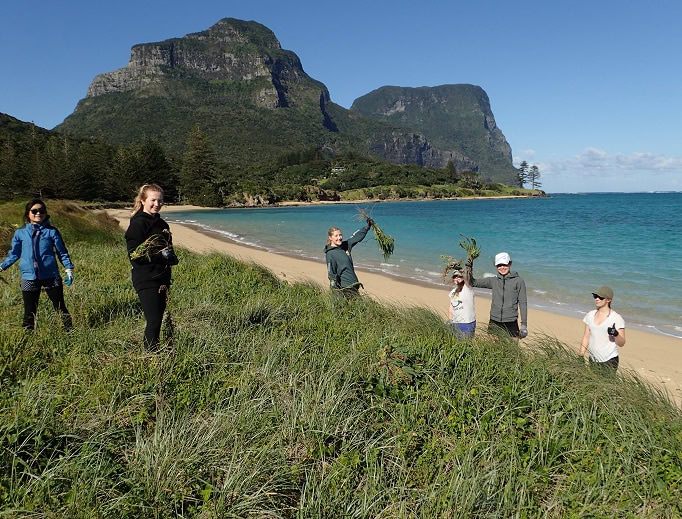
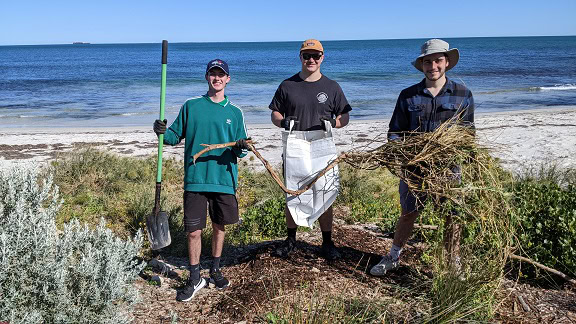
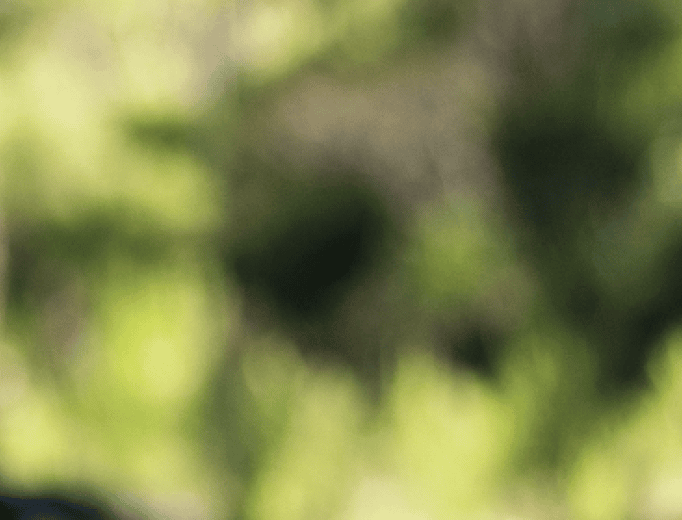
Please complete your details
Fields marked * are required